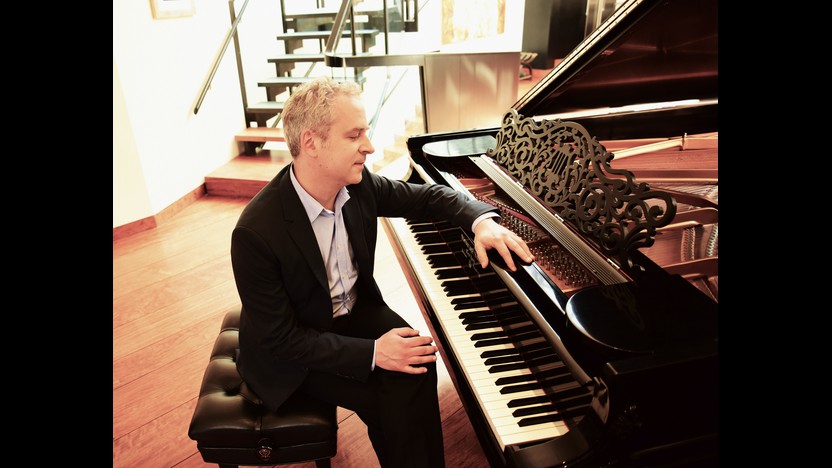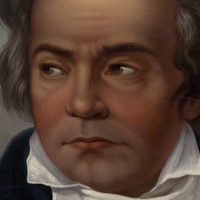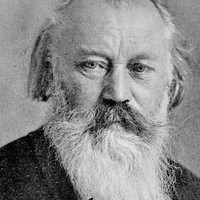Jeremy Denk Plays Brahms and Beethoven




By 1939, Béla Bartók’s life in Hungary was crumbling around him, especially after the Nazis seized his publisher in Vienna, but he felt bound to stay in Europe to care for his gravely ill mother. It was a much-needed relief then when the fabulously wealthy Swiss conductor and patron Paul Sacher commissioned a new piece for his chamber orchestra, an offer that came with the use of a vacation house in Switzerland. Bartók spent fifteen days that summer avoiding newspapers and composing the Divertimento for strings.
The Divertimento’s title and carefree attitude align with Wolfgang Amadeus Mozart, who elevated his era’s preferred form of party music to new levels of sophistication. In another historical nod, the scoring honors the Baroque concerto grosso tradition, in which individual voices emerge from the larger string orchestra to create contrasting colors and densities of sound. The themes themselves are quintessential Bartók, steeped in the folksongs of his native Hungary and chiseled into telltale fragments with an uncanny sense of symmetry and order.
Contrasting the rustic cheer of the first movement, the Molto adagio middle movement circulates from smooth, pacing lines into a swirling cloud of trills before dissipating for a quiet conclusion. The Allegro assai finale returns to fun and games in the form of call-and-response melodies, sudden interruptions, and a plethora of string effects, all capped with a manic sprint.
Aaron Grad ©2023

Brahms spent most of his twenties in the orbit of the Schumann family, and he struggled to live up to Robert Schumann’s prediction that, “When once [Brahms] lowers his magic wand over the massed resources of chorus and orchestra, we shall have in store for us wonderful insights into the secret of the spiritual world.” Brahms did go on to compose legendary symphonies, but the first didn’t emerge until his early forties. Instead, he made his first great strides in the genre of chamber music, starting with a series of seven magnificent scores composed between 1860 and 1865.
The last score from this chamber music blitz was an unlikely trio for horn, violin and piano. In the wake of his mother’s death, Brahms visited a cottage owned by Clara Schumann (Robert’s widow and Brahms’ lifelong friend) in the Black Forest of southwestern Germany. Whether he was motivated by memories of his youth — when he played a bit of horn, taking after his father — or the woodland surroundings where he loved walking, Brahms embraced the instrument’s warm, nostalgic glow and outdoor connotations in his distinctive trio.
Instead of the newly developed valve horn, Brahms called for the older Waldhorn, or natural horn. With no valves to modify the pitch, the natural horn can only play the notes of the overtone sequence in a single key, as well as some additional chromatic notes produced by blocking the horn’s bell with the hand. Brahms limited himself to the available pitches of the natural horn, and he took into account the idiomatic changes in tone between open and stopped pitches. Even when performing the trio on a modern instrument with valves, as most horn players do today, the part reflects the ingrained characteristics of the original instrument.
The Horn Trio has an unusual form to match its novel instrumentation. Rather than a proper first movement in sonata-allegro form, the opening statement is a relaxed Andante that basks in lyrical melodies traded among the three players. Next a Scherzo lightens the mood with capricious shifts of momentum, including phrases of two-beat segments stretched into the prevailing three-beat pulse. In the contrasting trio section, the music becomes slower and suddenly earnest with a new minor-key strain. Traces of folksongs appear in both the Adagio mesto (slow and sad) third movement and the upbeat finale, perhaps channeling Brahms’ childhood memories of his mother.
Aaron Grad ©2020
Get driving directions and find nearby parking.
Find dining options close to the venue.
View seating charts to find out where you'll be seating.
SPCO concerts are made possible by audience contributions.
For exclusive discounts, behind-the-scenes info, and more:
Sign up for our email club!
